ĐẶC ĐIỂM HẬU PHẪU VÀ CÁC YẾU TỐ ẢNH HƯỞNG SAU PHẪU THUẬT NỘI SOI KHÂU LỖ THỦNG Ổ LOÉT DẠ DÀY - TÁ TRÀNG Ở BỆNH NHÂN CAO TUỔI TẠI BỆNH VIỆN ĐA KHOA THÀNH PHỐ CẦN THƠ
Nội dung chính của bài viết
Tóm tắt
Đặt vấn đề: Thủng ổ loét dạ dày - tá tràng là một trong các biến chứng nặng và thường gặp của bệnh loét dạ dày - tá tràng. Mục tiêu: Mô tả đặc điểm hậu phẫu và các yếu tố ảnh hưởng sau phẫu thuật nội soi khâu lỗ thủng ổ loét dạ dày - tá tràng ở bệnh nhân cao tuổi tại Bệnh viện Đa khoa Thành phố Cần Thơ. Đối tượng và phương pháp: Mô tả tiến cứu tổng số 49 bệnh nhân thủng ổ loét dạ dày - tá tràng từ 60 tuổi trở lên được điều trị bằng phẫu thuật nội soi tại Bệnh viện Đa khoa thành phố Cần Thơ năm 2019 - 2020. Kết quả: Nam chiếm đa số với 77,6%. Thời gian nằm viện sau phẫu thuật là 9,08 ± 3,89 ngày. Thời gian đau sau mổ là 3,33 ± 1,76 ngày. Bệnh nhân có sốt sau phẫu thuật là 2,78 ± 1,43 ngày. Thời gian bắt đầu trung tiện là 2,65 ± 0,72 ngày, tự vệ sinh cá nhân và vận động sau mổ là 2,88 ± 1,30 ngày. Thời gian rút ống thông dạ dày và ống dẫn lưu ổ bụng lần lượt là 2,76 ± 1,535 ngày và 3,18 ± 1,537 ngày. Về biến chứng, sau phẫu thuật, có 6,1% tử vong và 10,1% biến chứng. Thời gian điều trị hậu phẫu trung bình ngắn hơn ở nhóm bệnh nhân viêm phúc mạc khu trú và thời gian phẫu thuật ≤ 60 phút (p<0,05). Kết luận: Phẫu thuật nội soi khâu lỗ thủng ổ loét dạ dày - tá tràng, đặc biệt ở những bệnh nhân cao tuổi là một phương pháp hiệu quả, an toàn, tỉ lệ thành công cao, biến chứng thấp.
Chi tiết bài viết
Từ khóa
thủng ổ loét dạ dày tá tràng, người cao tuổi, phẫu thuật nội soi
Tài liệu tham khảo
2. Rivai, M. Iqbal; Suchitra, Avit; Janer, Aulia. Evaluation of clinical factors and three scoring systems for predicting mortality in perforated peptic ulcer patients, a retrospective study. Annals of Medicine and Surgery, 2021, 69: 102735.
3. Coe, Peter O., et al. Open versus laparoscopic repair of perforated peptic ulcer disease: a propensity - matched study of the national emergency laparotomy audit. Annals of surgery, 2022, 275.5: 928 - 932.
4. Koranne, Aboli, et al. A comparative study between peptic ulcer perforation score, mannheim peritonitis index, ASA score, and Jabalpur score in predicting the mortality in perforated peptic ulcers. The Surgery Journal, 2022, 8.03: e162 - e168.
5. Azhari, Hassan, et al. The global incidence of peptic ulcer disease is decreasing since the turn of the 21st century: a study of the organisation for economic co - operation and development (OECD). Official journal of the American College of Gastroenterology| ACG, 2022, 117.9: 1419 - 1427.
6. Gasimov, N. A., et al. Immediate results of minimally invasive surgery for complicated peptic ulcer of the stomach and duodenum. Actual problems of modern medicine: Bulletin of the Ukrainian Medical Stomatological Academy , 2024, 24.2: 10 - 17.
7. Lee, Jae Gon, et al. Impact of age on stage - specific mortality in patients with gastric cancer: A long - term prospective cohort study. PloS one, 2019, 14.8.
8. Costa, Gianluca, et al. Perforated peptic ulcer (PPU) treatment: an Italian nationwide propensity score - matched cohort study investigating laparoscopic vs open approach. Surgical Endoscopy, 2023, 37.7: 5137 - 5149.
9. Olufajo, Olubode A., et al. Trends in the surgical management and outcomes of complicated peptic ulcer diseasem 2020: 856 - 864.
10. Flore Varcus et al. Laparoscopic Repair for Perforated Peptic Ulcer: A Reppospective Study, World Journal of Surgery 2017, vol 41, pp. 948953.


